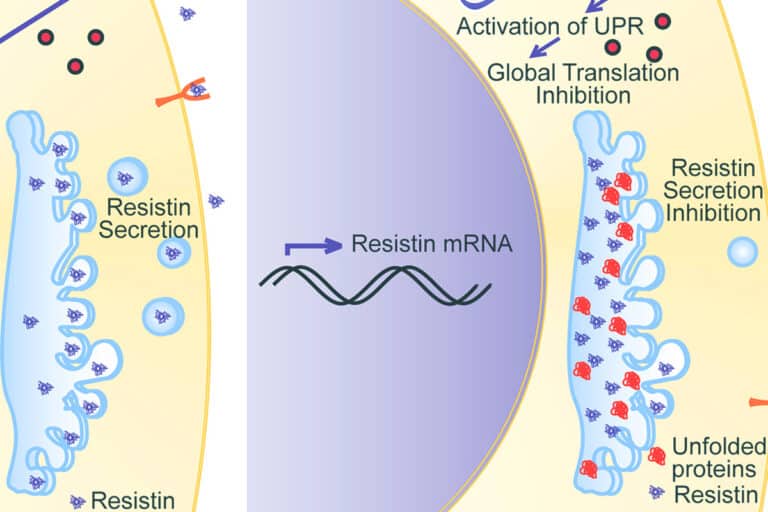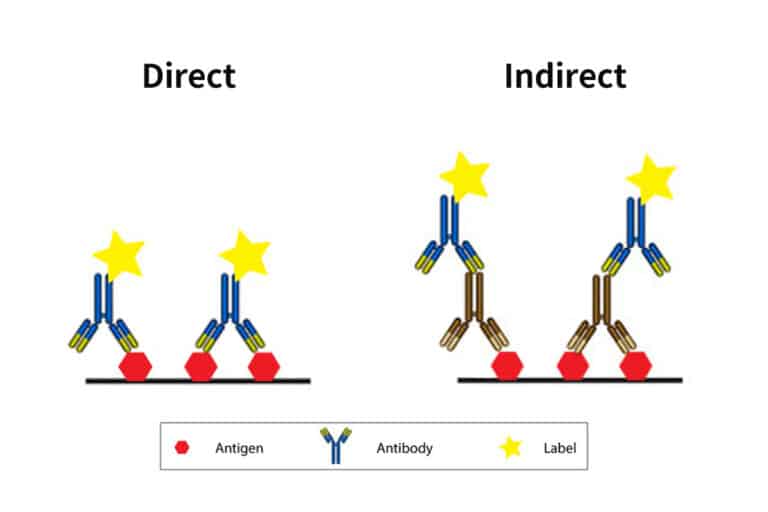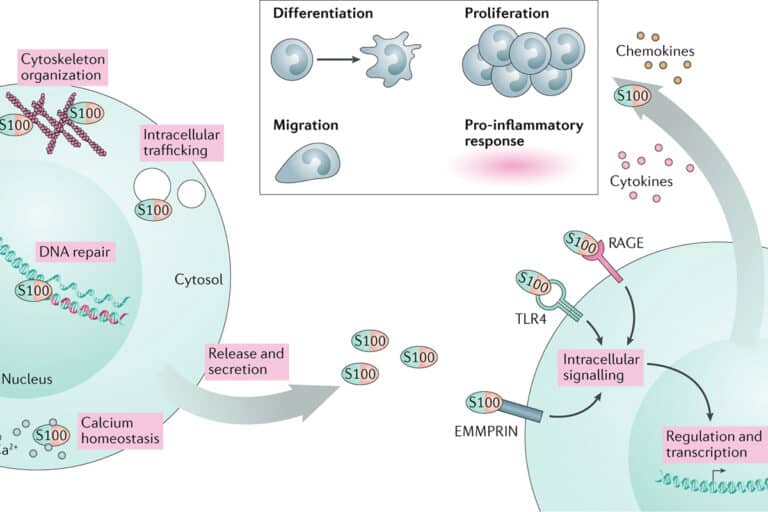IL-33 released by senescent cells promotes the progression of obesity-related liver cancer
IL-33 released by senescent cells promotes the progression of obesity-related liver cancer
Non-alcoholic fatty liver disease (NAFLD) Background
Non-alcoholic fatty liver disease (NAFLD) has become an increasingly serious epidemic in recent decades as people’s lifestyles have become unhealthy. Globally, one in four people has non-alcoholic fatty liver disease. A large number of patients diagnosed with nonalcoholic steatohepatitis will further develop nonalcoholic steatohepatitis (NASH). Both liver diseases are significant risk factors for hepatocellular carcinoma (HCC). Hepatocellular carcinoma is the major histological subtype of liver cancer, accounting for 90% of primary liver cancer and the third most common cause of cancer-related mortality worldwide. But until now, there has been no particularly effective treatment other than maintaining a healthy diet and exercising.
New study of NAFLD published in the journal Science
Previous studies have shown that fibroblasts called hepatic stellate cells (HSC) age in the obesity-associated liver tumor microenvironment. This causes them to exhibit a secretory phenotype associated with aging, which releases a range of cancer-promoting factors, but how this process affects tumor development has remained elusive. In a new study published in the journal Science on June 25, 2010, a team of researchers from Osaka City University in Japan have for the first time clarified the mechanism by which the release of an aging-related secretory phenotype factor promotes tumor development, and thus suggested a potential therapeutic target. The results of this study provide important insights to promote prevention and treatment strategies for obesity-related liver cancer.
The release of an aging-related secretory phenotype factor promotes tumor development
Cell senescence is a permanent state of cell cycle arrest. It is induced by various cellular stresses, including persistent DNA damage, and is thought to be a tumor suppressor mechanism. Although senescent cells stop proliferating, they express various secreted proteins such as inflammatory cytokines, chemokines, and proteases, a phenotype known as aging-related secretory phenotype. Aging-related secretory phenotype (SASP) is often observed in tissue-resident fibroblasts, which is a highly environmentally dependent phenotype or plays a beneficial role in promoting immune system clearance of senescent cells and tissue repair; Or play a harmful role in promoting the malignant transformation of normal tissue cells and the invasion and metastasis of tumor cells. However, the interaction of multiple SASP factors and their release mechanisms are still unknown, especially when a series of factors are produced simultaneously in senescent cells. In the new study, the researchers studied obesity-induced liver cancer in a mouse model of liver cancer fed a high-fat diet to uncover this mechanism. They first performed a comprehensive gene expression analysis to determine which SASP factors were produced by hepatic stellate cells, and then studied how they were released. We found that SASP factor interleukin-1β (IL-1β) and IL- 1β-dependent cytokine IL-33 are two key oncogenic factors in the growth of liver cancer. Their release is triggered by lipoteichoic acid (LTA).
IL-1β plays important role on the cytokine cascade
IL-1β is an upstream regulator of the cytokine cascade and plays an important role in the development of hepatocellular carcinoma. IL-33 is upregulated in aging hematopoietic stem cells in the obesity-associated liver tumor microenvironment and cleaved by member of the chymosin elastin family 1 (CELA1). Lipoteichoic acid is highly accumulated in the liver of obese mice due to intestinal barrier dysfunction caused by a high-fat diet, which induces senescent hepatic stellate cells to stimulate Gasdermin D protein (GSDMD) lysing, Then active IL-1β and IL-33 are released by Caspase-11 cleavage of the cell membrane pore formed at the end of GSDMD. Once IL-33 is released, they activate receptor-positive regulatory T cells that suppress the immune response to cancer cells, thereby exacerbating the development of cancer.
Targeting IL-33 released from senescent cells may be an effective therapy
Therefore, targeting IL-33 released from senescent cells may be an effective therapy for hepatocellular carcinoma. “Understanding this mechanism is an important advance in human efforts to fight cancer,” said Professor Naoko Ohtani, corresponding author of the study and lead researcher in the Department of Pathophysiology at Osaka City University Graduate School of Medicine. Our study reveals a very interesting mechanism by which tumor-promoting aging-related secreted phenotypic factors are released through cell membrane pores formed by intestinal microbial components. Inhibiting this pore formation will contribute to prevention strategies for patients with nonalcoholic fatty liver-related liver cancer, as well as the development of effective treatments.”




